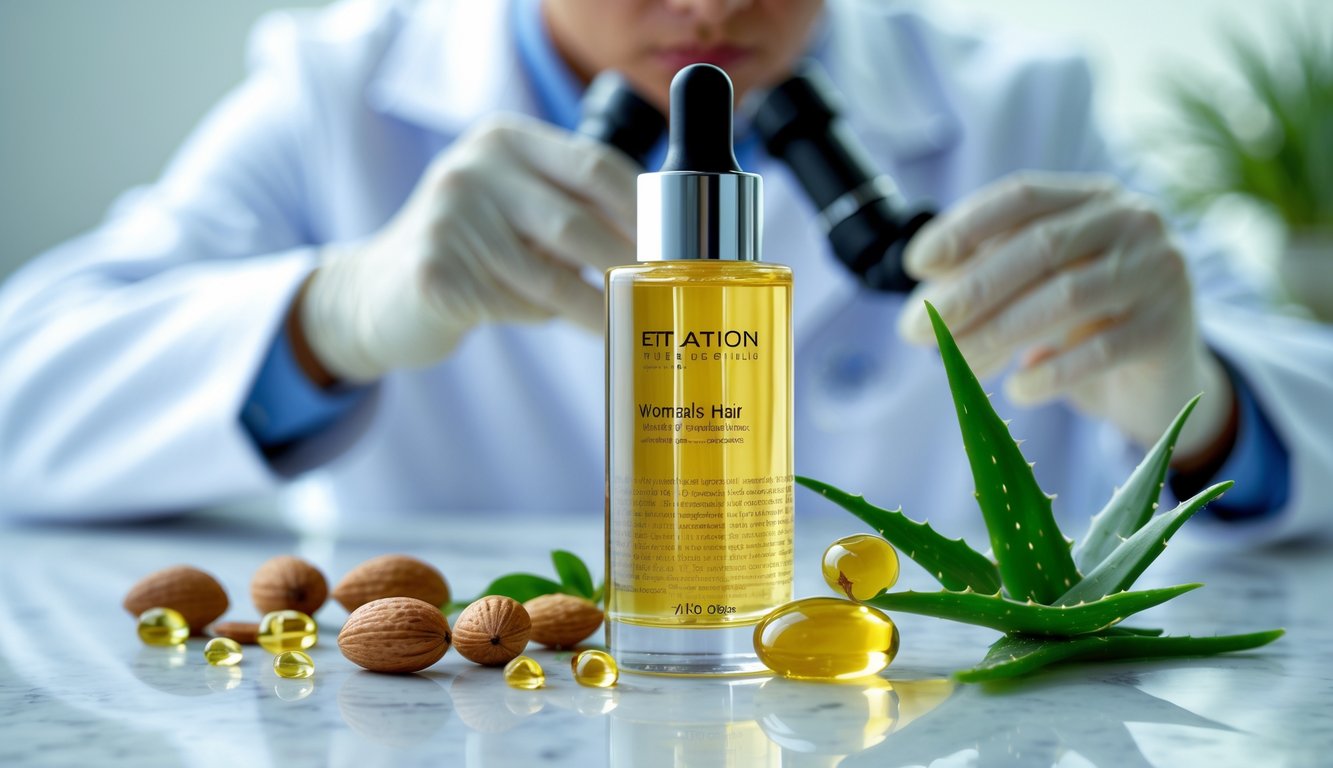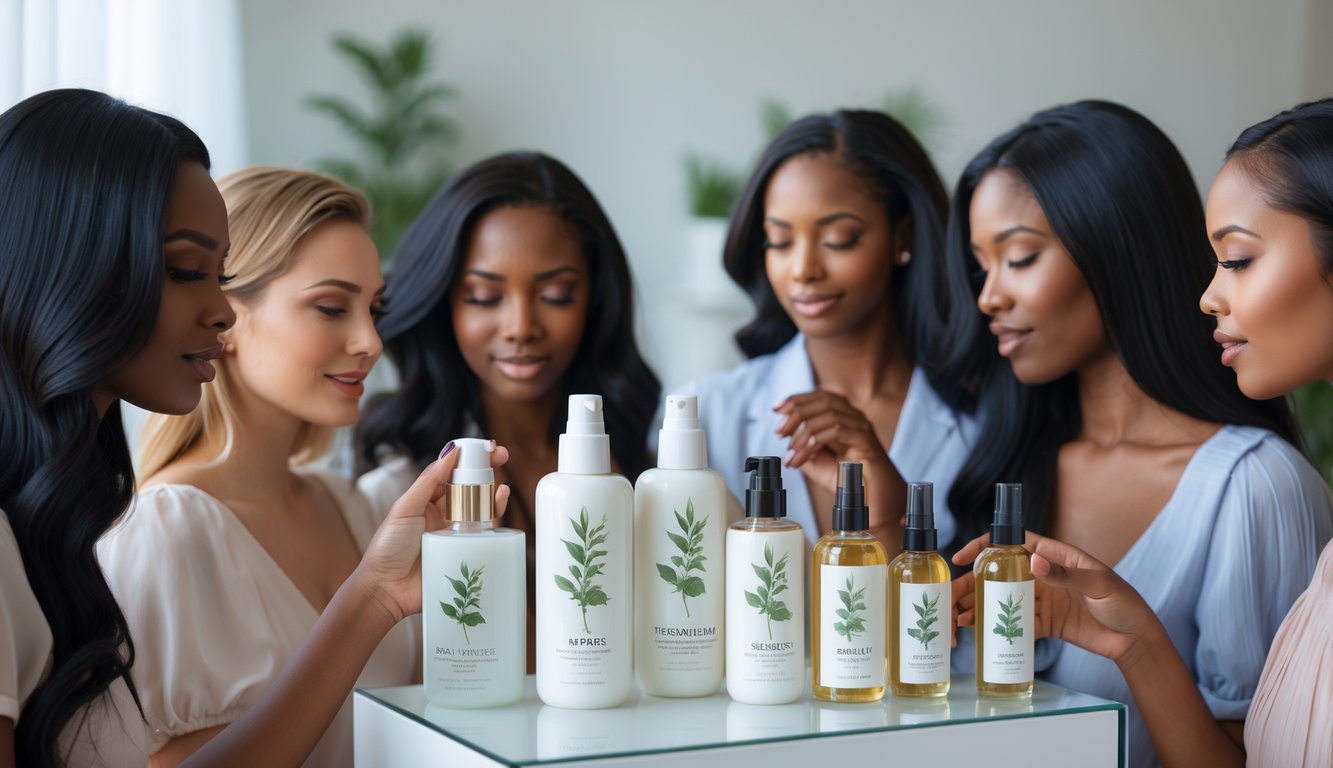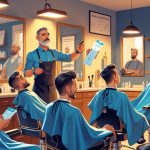
Choosing the Best Hair Growth Serum for You

Sorting through these serums is like speed dating—nothing fits everyone, and hair density or curl pattern always ruins the “one size fits all” fantasy. “Clinically proven” actives, vegan claims, fragrance-free hype—it’s all noise. Even dermatologists can’t agree: biotin, caffeine, miracle blends, whatever.
Considerations for Hair Type and Density
Buying a serum just because some influencer loves it? Been there, regretted that. Genetics and hair thickness matter more than, say, a pretty bottle. My stylist once mumbled about “porosity,” but what does that even mean when my real problem is a thinning patch by my crown? Fine hair soaks up oils, gets greasy. Thick curls cling to moisture and frizz up if serums are too light.
Thick hair wants protein, but too much keratin and it turns to straw. Minoxidil products (Rogaine Women’s 5% Minoxidil, Glamour swears by it) claim results for visible thinning, but who’s patient enough to get through the ugly shedding phase? Volumizing serums with hydrolyzed keratin? Usually just gloss over the density struggle. I tried a peptide serum—scalp broke out for a month. Nobody warns you about that.
Key Active Ingredients to Look For
Dermatologists love ingredient lists, but it’s always caffeine, minoxidil, biotin on “best of” lists. Minoxidil gets all the FDA glory—“clinically proven to regrow hair in 81% of women with thinning” (JAMA Dermatology), but it can sting, dry you out, or leave you red. Brands never mention that, of course.
Caffeine’s everywhere, but if tingling is all I want, I could just rub coffee grounds on my head. Biotin? Some derms love it, others say swallow it, don’t slather it. My trichologist told me, “Peptides—copper peptides, palmitoyl pentapeptide-4—actually improve density over time.” Egg masks still pop up on forums, but I’d rather not smell like brunch. Here’s a rough table of ingredient claims (don’t bet your hair on it):
| Ingredient | Reported Benefit | Possible Risk or Downside |
|---|---|---|
| Minoxidil | Regrowth, density | Irritation, shedding |
| Caffeine | Stimulates follicles | Limited robust evidence |
| Biotin | Strengthens hair shaft | Inconsistent clinical data |
| Peptides | Improves density/length | Expensive, needs time |
| Keratin protein | Reduces breakage/frizz | Can build-up/brittle hair |
Vegan and Fragrance-Free Options
“Cruelty-free!” “No parabens!”—as if skipping animal testing guarantees hair miracles. Vegan serums skip keratin, beeswax, silk, and swap in soy, pea, or rice peptides. Sure, unless you’re allergic to legumes—saw a patient break out in hives from hydrolyzed pea protein.
Fragrance-free? Sometimes that just means they dumped in a masking agent. “Hypoallergenic” labels mean next to nothing—FDA trivia nobody cares about. Sensitive scalps might like The Ordinary Multi-Peptide Serum (no synthetic fragrance), but I got tricked by a “pure” formula with hidden citrus peel oil—my scalp’s still mad.
Trying to find the “best” vegan, fragrance-free serum? I started making ingredient charts, then realized no two scalps ever agree.
Efficacy and Results: What to Expect
Everybody wants proof, but mostly it’s marketing hype or clinical stats buried behind paywalls. Dermatologists keep circling the same handful of tested products—impatience and skepticism everywhere. Nutrafol, minoxidil, some random beauty forum favorite—everyone’s chasing fuller hair, stuck on the same cycle of hope, waiting, and daily routines nobody actually enjoys.
Signs of Thicker and Fuller Hair
They say the mirror’s supposed to shock me in six weeks. Uh-huh. I cornered Dr. Mian (Allure, 2025) about it, and she just gave me this look and said, “Check for less hair on your brush, more on your scalp.” So now I’m squinting at my hairline, trying to decide if I’m hallucinating density or if it’s actually there. Am I just desperate? Maybe.
Suddenly, I notice those frizzy flyaways aren’t as wild—maybe it’s the caffeine in the serum, or maybe it’s just placebo vibes. Ignore those before-and-after pictures that scream “miracle!” because, honestly, it’s more like a slow-motion thing: ponytail feels a bit thicker, part lines don’t look as bald, and—on good days—shedding chills out. Some dermatologist once told me that’s “clinical proof” of improvement, but who’s measuring?
It’s too easy to miss those tiny baby hairs creeping along my temples. Health.com claims minoxidil pushes more follicles into the growth (anagen) phase, but my real test is, does my hair tie feel tighter or is it just less humid in the gym? Not exactly scientific.
Timeline for Noticeable Changes
Five weeks? Eight? Who’s keeping track? Here’s my reality: two dermatologists, plus Bio-Pilixin’s 150-day clinical trial, all pretty much agree you won’t see anything worth celebrating until about three months in. If someone’s promising “visible regrowth” in under a month, they’re selling snake oil.
Supposedly, terminal hair grows 1–1.25 cm per month (thanks, American Academy of Dermatology), so even the “fastest” serums can’t outpace biology. I still catch myself hunting for new inch-long hairs by week four—does everyone do this? Or am I just way too invested? Then I remember: patience is the worst.
Started Nutrafol or some minoxidil thing today? You’ll be doom-scrolling through old selfies in September, squinting for progress. Pro tip: side-by-side photos, as analog as it gets, but every dermatologist swears by it. Memory is trash after a blowout.
Consistent Application for Best Results
Every. Single. Day. Not “most days,” not “when I remember after a late-night TikTok spiral.” Minoxidil, caffeine serums, all those “natural” ones—they don’t care how much you paid if you’re not consistent. I’ve failed at this, like, six times, so yeah, daily routine trumps price.
One derm summed it up: “Skipping applications interrupts follicle stimulation; you only halt miniaturization if you stick to the plan. Compliance matters most.” But what about travel? What if I run out? Take a week off and, well, you’re basically back at square one. And nobody talks about how these gels and oils trash your pillowcases—seriously, laundry is the secret side effect. Anyway, usual routine is AM and PM for most topicals, but, you know, always double-check because brands love to switch it up.
Bored yet? Me too. But apparently, it’s this mind-numbing repetition—drip, rub, wait—that actually does something. If I start slacking, I just tell myself: “This tiny bottle’s probably doing more for my hair than any influencer’s miracle hack.”



